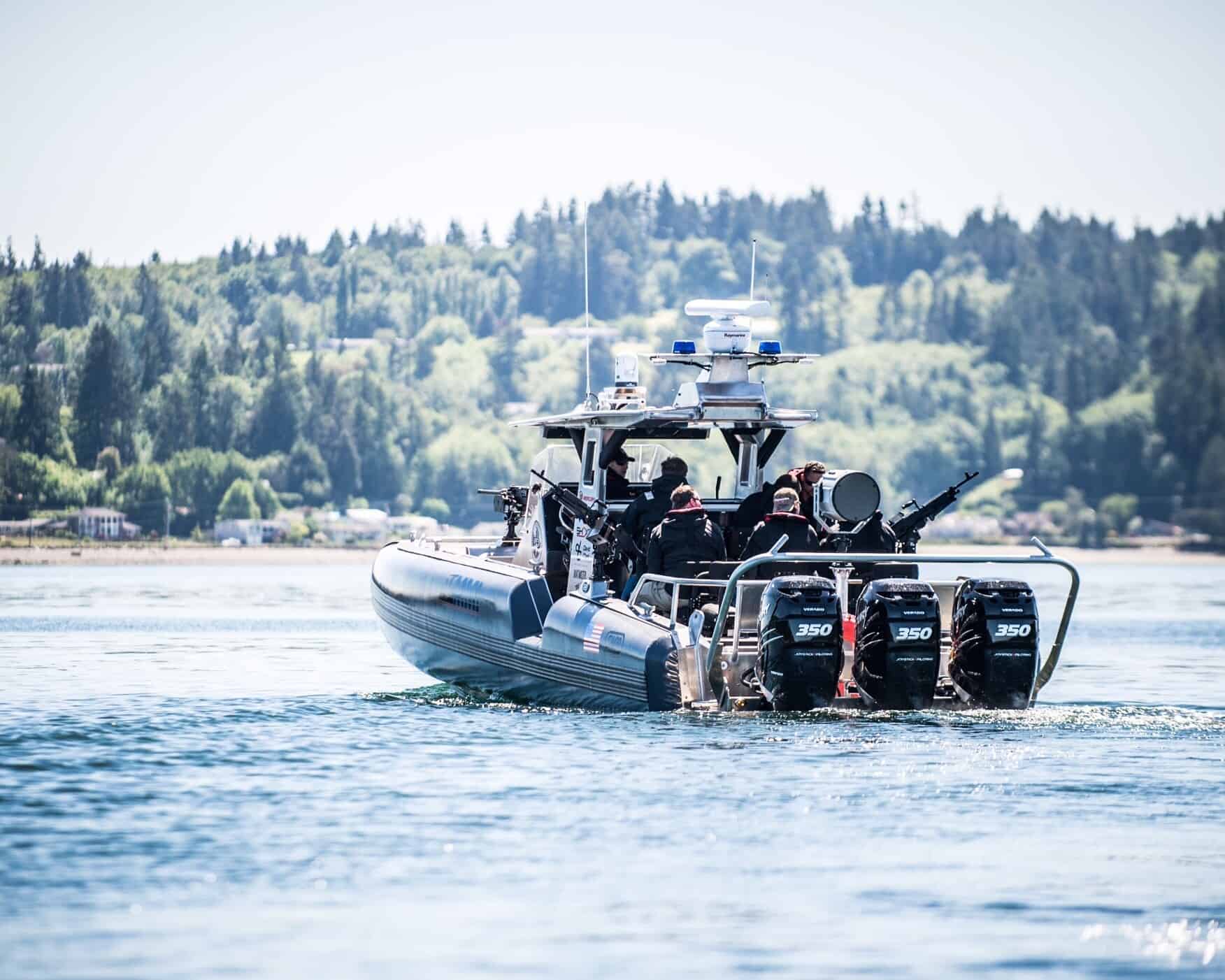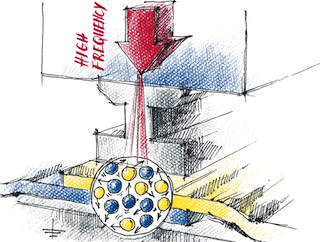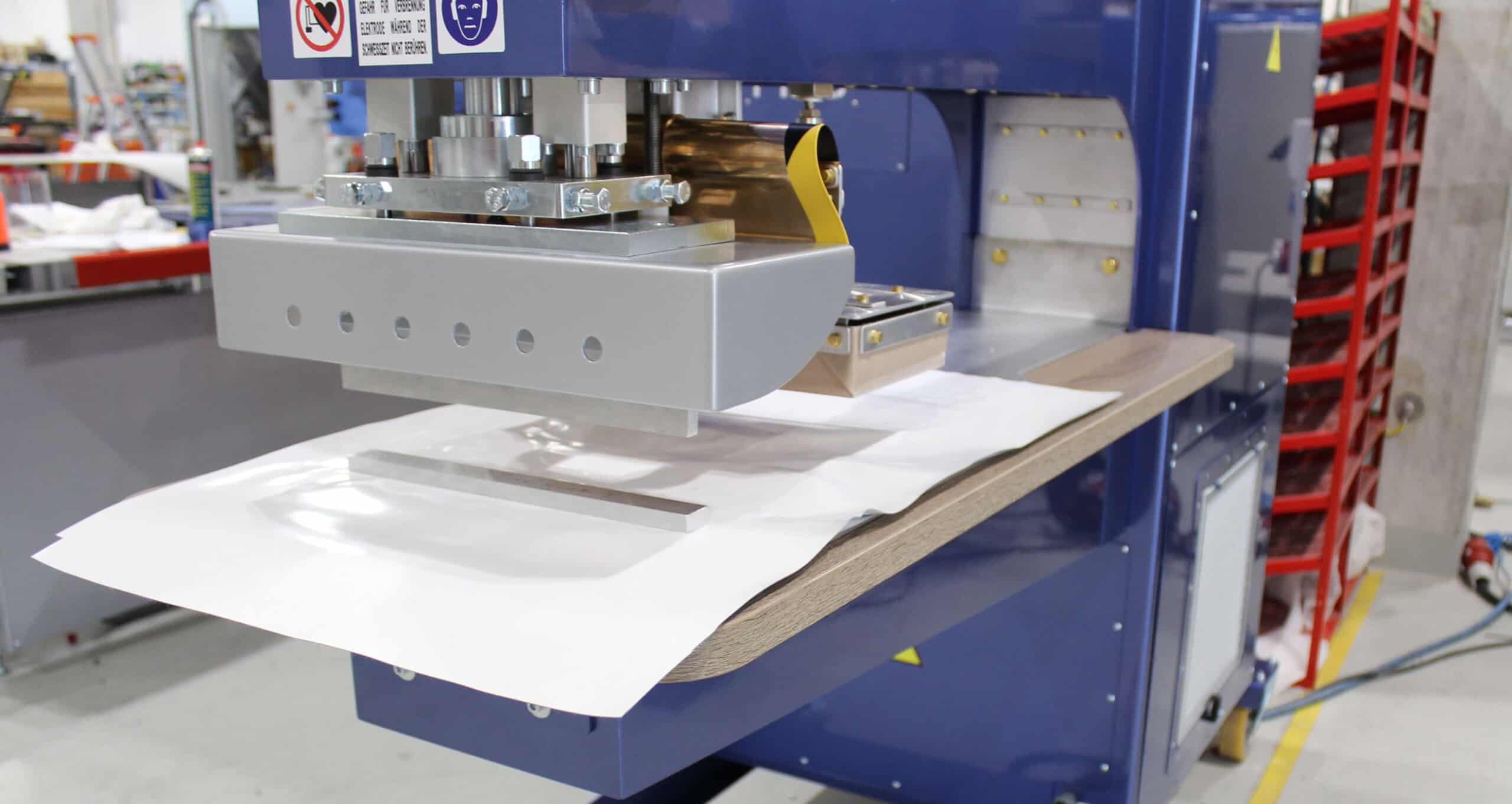The 7 Most Critical Technical Fabric Performance Factors
Environmental Control, coated textile sourcingFeb 15, 2022
The wide range of functionality in technical textiles is due to extensive research and development and innovation in the industry. Today, we can engineer a technical fabric to possess the precise characteristics and qualities for optimal performance in its specific application. This article takes a look at the most important technical fabric performance characteristics that can be determined in the R&D stage to best serve its application.
IMPORTANT PERFORMANCE FACTORS
The versatility in technical textiles comes from the fact that you can alter their properties according to the requirements of your application. Characteristics like seam strength, tear strength, chemical resistance, temperature resistance, and much more determine the viability of any specific textile solution for your application. When developing a technical textile solution for your specific application, we reccomend to work closely with your supplier to review the required performance factors and correctly determine their priority in the R&D phase. The 7 most critical performance factors:
1. RESISTANCE TO THE ELEMENTS
Most technical fabrics end products experience a fair amount of exposure to the elements, even if not for their entire lifespan. Therefore, resistance to weather and environmental conditions is crucial, including sunlight and UV radiation, extremely high or low environmental temperatures, and seawater salinity. Color stability also falls under this category. Uses involving harsh weather conditions include architectural, marine, and environmental control applications.
2. ABRASION RESISTANCE
In some cases, technical fabrics need to have excellent abrasion resistance in order to avoid catastrophic failure and ensure a suitable lifespan. This is especially important when the fabric comes in contact with abrasive sand and grit, under high mechanical loads. Notable examples include the construction of inflatable lifting bags, pipe plugs, boat fenders, white water kayaks and rafts, and flexible storage tanks.
3. ANTIBACTERIAL PROPERTIES
Resistance to bacterial growth is an important property for many technical fabric applications. In the construction of RIB boats, white water rafts, and oil booms, antibacterial properties prevent the development of mold. For flexible storage tanks, they protect from biofilm and odors occurring, particularly important in potable water storage.
4. CHEMICAL COMPATIBILITY
Considering chemical compatibility is important, whenever the application of the technical fabric includes contact with chemical substances. For example, flexible storage tanks may need different types of technical fabrics. This will depend on whether they are intended for storing liquids like fuels, oils, aquatic foodstuff, solvents, and highly basic or acidic solutions. The same goes for marine applications where products may come in contact with chemicals. This can occur on working boats in harbors, oil booms, and use in oil drilling rigs or tankers.
5. MECHANICAL STRESS ENDURANCE
In many applications, technical fabrics experience prolonged exposure to very high mechanical stress. For example, in architectural shading and roofing, high-velocity winds require the use of technical fabrics exhibiting high tear strength and elastic instead of plastic (long-term) deformation. Moreover, inflatable boat construction, as well as inflatable lifting bags, pipe plugs, boat fenders, white water kayaks, and rafts call for technical textiles with increased pressure resistance.
6. MANUFACTURABILITY
Using the most suited material for your application is not the only requirement for creating an excellent product. You need to aslo determine the most suited manufacturing methods are being used in your production process to ensure the best performance. In technical textile applications, welding and gluing are the most common product development processes. Welding is generally preferred because it’s safer, stronger, and faster. However, it only works on certain types of coatings. That’s why the material selection is quite important from the manufacturability aspect as well.
7. ENVIRONMENTAL FOOTPRINT
It is the moral and legal responsibility of all businesses to minimize the environmental impact of their processes and products. You must consider the ecological impact of the material you select to ensure compliance with the prevailing environmental standards without compromising on the overall performance. we at Erez encourage our partenrs and provide guidance on best practecies to ensure the product lasts as long as possible by enhancing the quality. You can also invest in processes that repurpose/recycle the products after their functional lifecycle.
THE RIGHT TECHNICAL FABRIC FOR THE JOB
Using the appropriate technical fabric for your specific application can make the difference between end-product failure or success. The overall properties of your technical textile come from the combination of base fabric and coating. The base determines the mechanical properties while the coating determines the kind of exposure your product can sustain. The initial R&D phase is critical for the success of your technical textile product. By selecting the right combination of the base fabric and coating per your project’s application, you ensure that your customers receive the best quality product and performance.
The Importance of Consulting a Technical Textile Expert
Your initial decisions in the R&D phase can have a lasting effect on how well your product performs in the field. Erez understands the intricacies of technical textile applications and has developed a streamlined and effective system to facilitate your selection process. Erez’s commitment to quality, sustainability, and innovation has made us a vendor of choice for top-tier product manufacturers in the industry. You can join the long list of businesses Erez has helped over the years. Contact now to request a free consultation and receive an expert review of your product specifications. 
Condividi questo post



